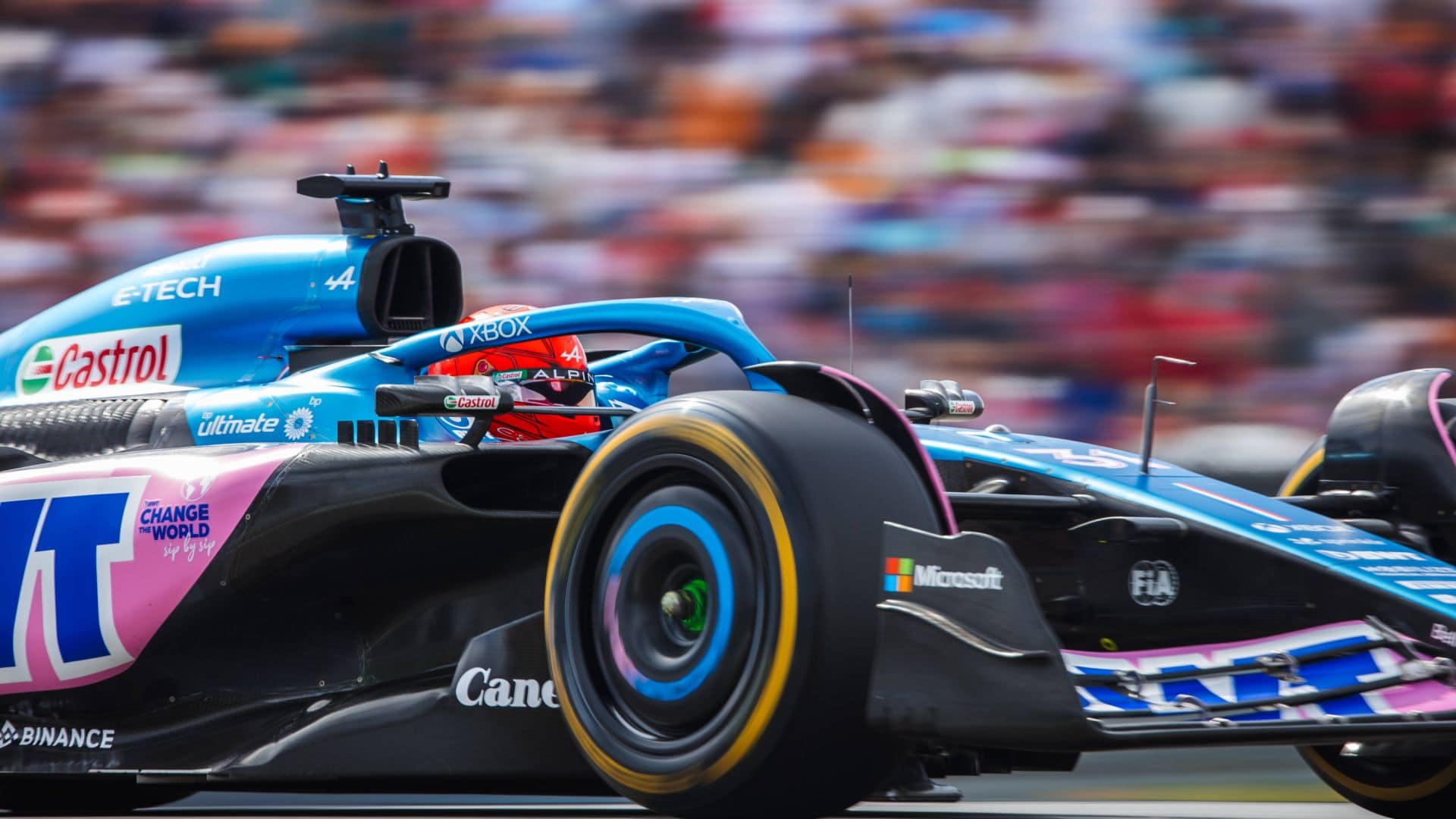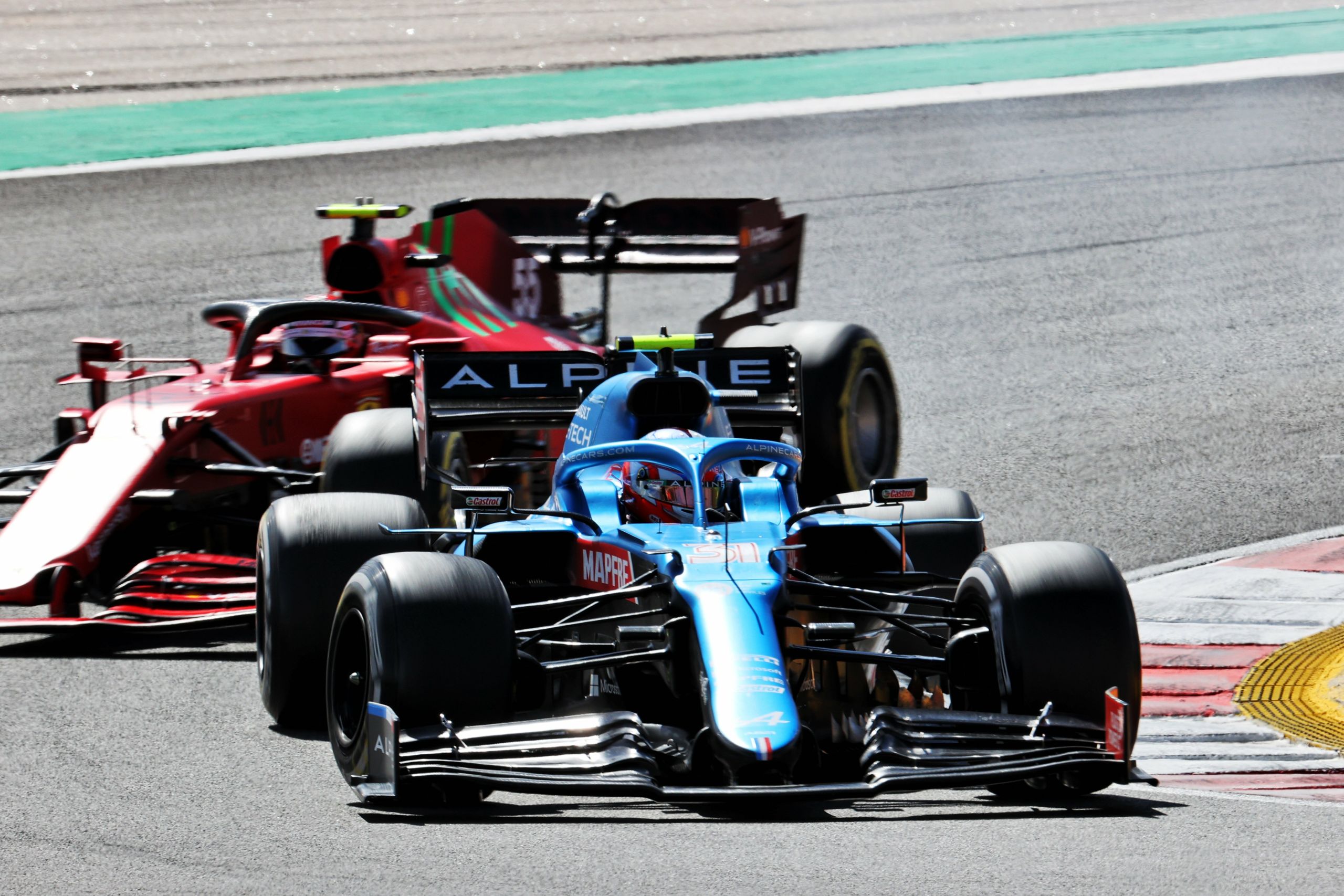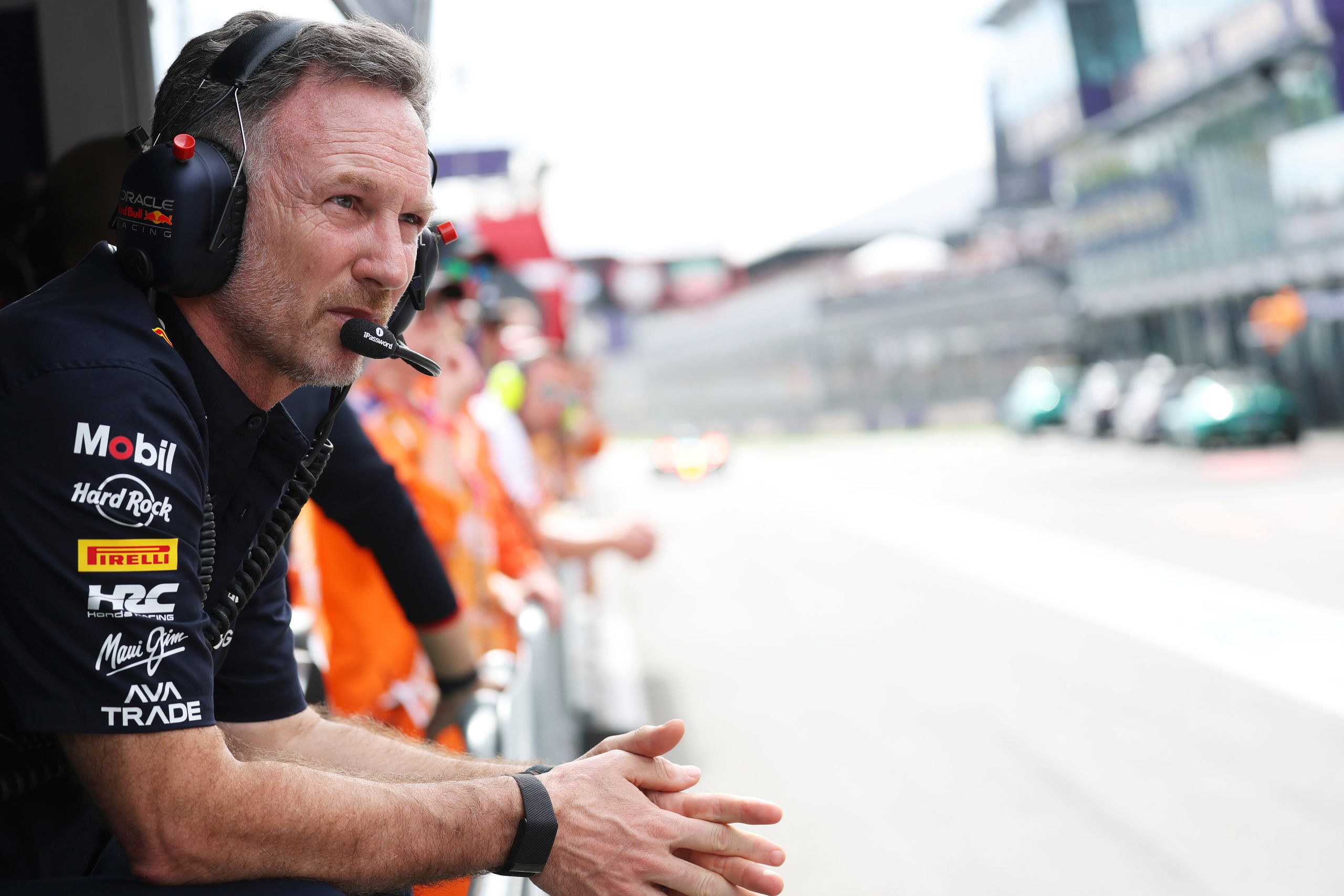What Does An Airbox Do In F1?


Formula 1 racing is a high-octane sport, where every element of a car’s design is meticulously crafted to optimize performance. One such component is the airbox, an essential but often overlooked part of modern F1 vehicles. So what does an airbox do in F1?
The primary function of an airbox in F1 is to facilitate efficient airflow into the engine, contributing to the overall power and performance of the car.
Located just above the driver’s head, the airbox in an F1 car is an oval-shaped air intake that captures high-pressure, relatively undisturbed air. This air is then directed into the engine, where it mixes with fuel to generate the explosive energy needed to power the vehicle. Over the years, airbox designs have evolved to better adapt to the changing needs of F1 racing, leading to innovations that further enhance engine performance and efficiency.
Key Takeaways
- The airbox is integral to engine performance by directing efficient airflow
- Its oval-shaped design is situated near the driver’s head to capture high-pressure air
- Over time, airbox designs have evolved to better suit the changing demands of F1 racing
The Basics of an F1 Airbox
1976: The Beginning of it All
The history of airboxes in F1 cars dates back to 1976, when they first began to make an appearance in the sport. At that time, airbox designs were simple and straightforward but would gradually evolve over the years to become more intricate and efficient in their performance.
Function and Purpose of an Airbox
An airbox in F1 cars is a vital component that serves to deliver air into the engine. The airbox, typically an oval-shaped air intake located above the driver’s head, is equipped with multiple holes to facilitate the inflow of air. This component plays a critical role in engine performance as it directly influences the amount of air that enters the engine, thereby affecting the burning of fuel and the generation of power.
Airflow and Aerodynamics
The main objective of an F1 airbox is to optimize the airflow to the engine while also taking into account the aerodynamic characteristics of the car. By successfully managing the balance between airflow and aerodynamics, airbox designs can significantly influence the overall performance of an F1 car. Designers continually strive to refine the airbox in order to enhance engine efficiency and power output, while minimizing aerodynamic drag.
Airbox and Engine Performance
Air Intake and Combustion Process
In Formula 1 cars, the airbox plays a crucial role in engine performance as it controls the flow of air into the engine. Located above the driver’s head, this distinct oval-shaped air intake fills with holes to allow air to enter the engine. The air intake’s purpose is to ensure that the engine receives an optimal amount of fresh, cold air. A proper air-fuel mixture supports the combustion process within the engine, directly affecting the vehicle’s overall power and torque generation.
Air Filter and Engine Protection
In addition to managing the airflow, the airbox and intake system include air filters that protect the engine from ingesting harmful foreign materials, such as grit or dust. By filtering out these contaminants, the air filter not only safeguards the engine components from damage but also maintains the engine’s efficiency and performance. Furthermore, a clean and unobstructed air supply is essential for a consistent and powerful combustion process.
Link between Airbox and Power Generation
The size and shape of an F1 car’s airbox influence the engine’s power generation capability. As the airbox governs the amount of air that the engine can intake, it indirectly determines the quantity of fuel that can be burned and subsequently, the level of power produced. A well-designed and efficient air intake system optimizes the air-fuel mixture, leading to an increase in power generation and contributing to the overall performance of the vehicle. As a result, the airbox and air intake system play a critical role in both maintaining the engine’s longevity and maximizing its overall performance capabilities.
Airbox in Modern F1 Cars
Regulation Changes and their Effects
Over the years, regulation changes in Formula 1 have significantly impacted the design and function of airboxes. One of the primary roles of an airbox in an F1 car is to control the airflow into the engine, directly influencing the engine’s performance. The distinctive, oval-shaped air intake, situated above the driver’s head, contributes to the overall shape of the engine cover and the flow of air into the engine.
Updates in F1 regulations aim to improve safety, reduce costs, and enhance competitiveness among racing teams. These changes have, at times, led to the development of innovative airbox designs. For instance, recent changes in the roll-hoop structure regulations have made teams rethink the airflow and safety aspects of the airbox.
The Alpine A521 – a Revolutionary, Yet Unsuccessful Design
The Alpine A521, which was on track during the 2021 pre-season testing, featured a spectacularly bulky airbox design. At first glance, this design may seem to defy the current trend of compact and streamlined airboxes. However, this team made a conscious technical choice to optimize aerodynamics while considering the aero performance, weight, and center-of-gravity trade-offs.
Esteban Ocon, a driver for the Alpine F1 team, provided valuable insights and feedback throughout the testing phase, aiding the team in refining the A521’s design. The connection between the airbox and the rear wing cannot be understated, as these two components work together to balance the car’s aerodynamic performance.

The Alpine A521 F1 car experienced mixed success in the 2021 F1 season. While Alpine managed to hold onto fifth place in the constructor’s championship against competitive midfield teams like AlphaTauri, there were also initial struggles reported.
According to Alpine boss Laurent Rossi, the team felt “lost” at the start of 2021, suggesting the A521 car was not immediately competitive. However, the team was able to analyze which tracks would suit the car better and scored points at those races. Fernando Alonso also believed the A521 was not as fast as cars like the AlphaTauri, though Alpine still maintained its position in the constructor’s standings. While not the outright fastest in the midfield, the A521 showed both successes in holding off competitors and room for improvement evidenced by its initial struggles.
Improvements and Changes in Airbox Design
Airbox Design through Decades
The airbox is a prominent feature of a Formula 1 car, responsible for directing airflow into the engine. Historically, airbox designs have evolved significantly, mirroring the advancements in F1 engineering. In the 1970s, the iconic Lotus 72 had a wedge-shaped airbox which enhanced the car’s aerodynamics, leading to improved performance. Through the decades, F1 teams have continuously optimized airbox design, adapting to new technologies and regulations.
Air Inlet, Sidepods and Centre of Gravity
In modern F1 cars, the airbox is primarily known for its oval-shaped air intake located just above the driver’s head. The air inlet serves to guide the flow of air into the engine, a crucial aspect for obtaining optimal engine performance. Sidepod designs have also seen changes, with teams focusing on slimming them down to reduce drag and improve airflow around the car. This, in turn, affects the car’s centre of gravity, giving teams a challenging task to balance aerodynamic gains and stability on the track.
Insulation, Overheating and How Airbox Helps
One critical function of an airbox is to ensure proper insulation and prevent overheating of the engine. The air directed through the airbox helps in cooling the engine and various components within the power unit. As Formula 1 powertrains have become more complex, teams have been faced with the challenge of managing heat dissipation. The use of improved airbox designs, like those featuring advanced air filters, has proven to be instrumental in solving these thermal management issues.
In conclusion, airbox design in Formula 1 has evolved significantly over the years, leading to refined aerodynamics and enhanced thermal management. As the sport continues to progress, teams will keep pushing the limits of innovation to optimize performance, emphasizing the importance of airbox design within an F1 car.
You may also like…

What Does An Airbox Do In F1? – Frequently Asked Questions
What does an airbox do in F1?
An airbox in F1 cars is a distinct oval-shaped air intake, located just above the driver’s head. It plays a crucial role in engine performance by controlling the airflow into the engine.
How does an airbox enhance F1 performance?
The airbox supplies the engine with the oxygen it needs to run. By drawing in air from the atmosphere, compressing it, and feeding it into the engine, it enhances combustion with fuel, ultimately powering the car.
What role does the airbox play in engine cooling?
While the primary function of an airbox is to provide the engine with oxygen, it indirectly also aids in engine cooling. By supplying a continuous flow of air into the engine, it helps to disperse heat generated during combustion and maintain optimum operating temperatures.
Do different F1 teams use custom airbox designs?
Yes, F1 teams often develop custom airbox designs to optimize airflow and engine performance. These designs can vary depending on factors such as engine layout and team-specific aerodynamic requirements. For example, Alpine F1 Team created a “mega airbox” in 2021 to enhance their car’s performance.
How does the airbox contribute to aerodynamics in F1?
The airbox is a critical aerodynamic component in F1 cars, as its shape and position can have a significant impact on the flow of air around the vehicle. By optimizing the size and shape of the air intake, teams can improve overall airflow around the car and, consequently, enhance performance.
Are there regulations for airbox dimensions in F1?
While there are strict regulations governing many aspects of F1 car design, the specific dimensions of airboxes are not explicitly regulated, allowing teams the freedom to experiment with different shapes and sizes. However, any airbox design must still adhere to overall car dimensions, safety, and technical regulations set by the FIA.
What materials are commonly used for constructing F1 airboxes?
In Formula 1, airboxes are typically constructed from lightweight, high-strength composite materials such as carbon fiber-reinforced polymers. These materials help to reduce the overall weight of the car while still providing the necessary structural rigidity and performance required for high-speed racing.





